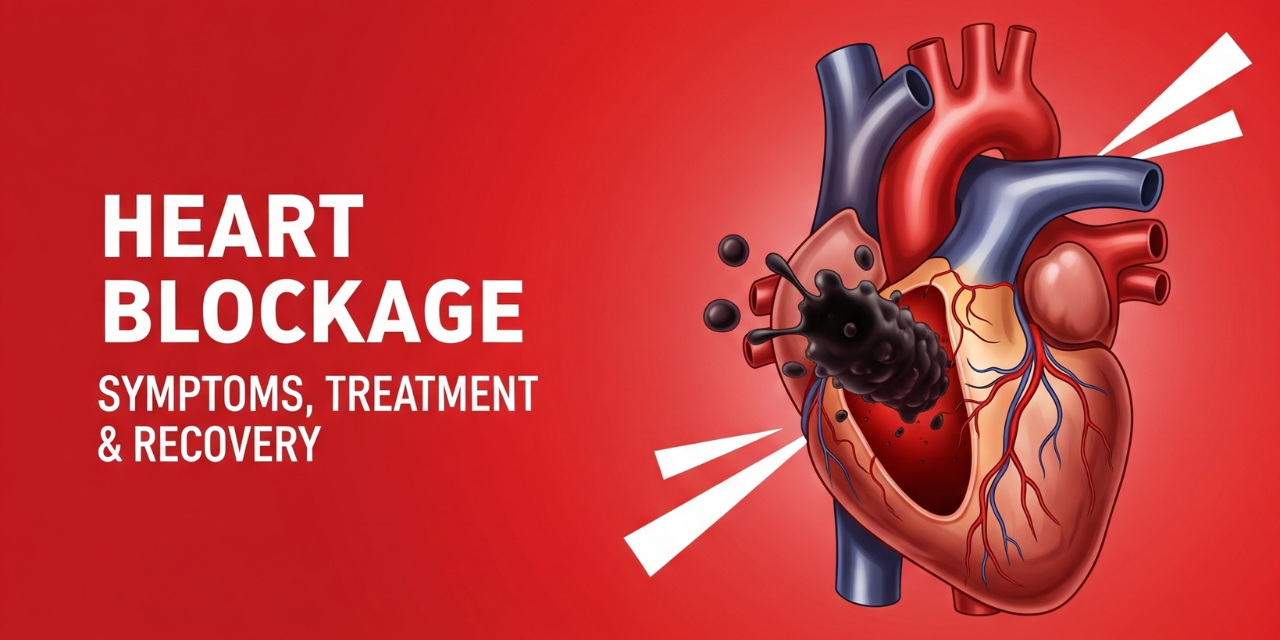Lung cancer remains one of the most challenging cancers to treat due to its complexity and the variety of factors influencing treatment decisions. Thoracic surgery plays a critical role in the management of lung cancer, offering targeted interventions that can significantly impact patient outcomes. This article explores the latest approaches in diagnosis, staging, and surgical treatment for lung cancer patients.
Understanding Lung Cancer and Its Impact
Lung cancer is characterised by the uncontrolled growth of abnormal cells in the lungs, which can spread to other parts of the body if not treated effectively. The disease is primarily categorised into two main types: non-small cell lung cancer (NSCLC) and small cell lung cancer (SCLC). Each type requires a different approach to treatment and management.
Diagnosis of Lung Cancer
Accurate diagnosis is crucial for effective treatment planning. Several diagnostic tools and techniques are used to confirm the presence of lung cancer:
Imaging Techniques
- Chest X-Ray: Often the first step in detecting lung abnormalities. While useful, it may not always provide a definitive diagnosis.
- Computed Tomography (CT) Scan: Offers detailed images of the lungs and helps identify the size, shape, and location of tumours.
- Positron Emission Tomography (PET) Scan: Assists in detecting cancerous cells and evaluating if the cancer has spread beyond the lungs.
Biopsy Procedures
- Bronchoscopy: A flexible tube is inserted through the nose or mouth to obtain tissue samples from the lungs.
- Needle Biopsy: A needle is used to extract cells or tissue from a suspicious area in the lung.
- Surgical Biopsy: Involves a minor surgical procedure to remove a portion of the lung tissue for examination.
Staging Lung Cancer
Staging is essential to determine the extent of cancer spread and guide treatment decisions. The most common staging system used is the TNM system, which assesses:
- Tumour (T): Size and location of the primary tumour.
- Nodes (N): Whether cancer has spread to nearby lymph nodes.
- Metastasis (M): Whether cancer has spread to other parts of the body.
Staging Methods
- CT Scans: Often used to assess the extent of local spread and lymph node involvement.
- PET Scans: Helpful in detecting metastases and evaluating the overall spread of cancer.
- Mediastinoscopy: A surgical procedure that examines the space between the lungs (mediastinum) for cancer spread.
Surgical Treatment Options for Lung Cancer
Thoracic surgery is pivotal in the management of lung cancer, offering several surgical options depending on the stage and type of cancer:
Types of Thoracic Surgery
- Lobectomy
Removal of one lobe of the lung. This is often the preferred surgical option for early-stage NSCLC as it provides a good chance of curing the disease. - Pneumonectomy
Complete removal of one lung. This procedure is typically reserved for cases where the cancer is extensive and localised to one lung. - Segmentectomy
Removal of a segment of the lung. This is suitable for patients with smaller tumours or those who need to preserve lung function. - Wedge Resection
Removal of a small, wedge-shaped portion of the lung. Often used for very early-stage cancers or in patients who cannot undergo more extensive surgery.
Minimally Invasive Techniques
- Video-Assisted Thoracic Surgery (VATS): A minimally invasive procedure using small incisions and a camera to guide the surgery. VATS typically results in shorter recovery times and less postoperative pain.
- Robotic-Assisted Thoracic Surgery: Uses robotic technology to enhance precision during surgery. This approach offers greater control and can be beneficial in complex cases.
Postoperative Care and Recovery
Post-surgery care is crucial for optimal recovery and includes:
➽Pain Management: Effective pain control to facilitate breathing exercises and early mobilisation.
➽Respiratory Therapy: Helps improve lung function and prevent complications such as pneumonia.
➽Follow-Up Surveillance: Regular follow-up visits and imaging to monitor for recurrence and manage any long-term effects of surgery.
As research and technology in thoracic surgery continue to evolve, patients can expect even more effective and tailored treatment options in the future. If you or a loved one is facing a lung cancer diagnosis, consulting with a leading specialist like Dr. Sidharth Garg can make a significant difference in achieving the best possible outcome.
Conclusion
Thoracic surgery plays a crucial role in the management of lung cancer, offering a range of diagnostic and treatment options that significantly impact patient outcomes. From early and accurate diagnosis to precise surgical interventions, advancements in thoracic surgery continue to enhance survival rates and quality of life for those affected by this challenging disease.
For patients seeking expert care and advanced treatment options, Dr. Sidharth Garg provides specialised expertise in lung cancer treatment in Chandigarh. His comprehensive approach to lung cancer management, combining state-of-the-art surgical techniques with personalised care, ensures that patients receive the highest standard of treatment available.
To get more information please contact us on : +919855069991













